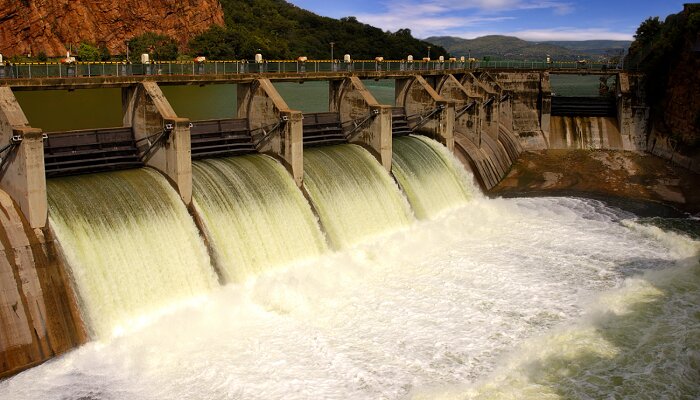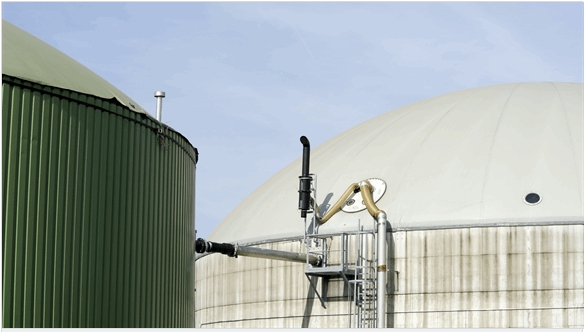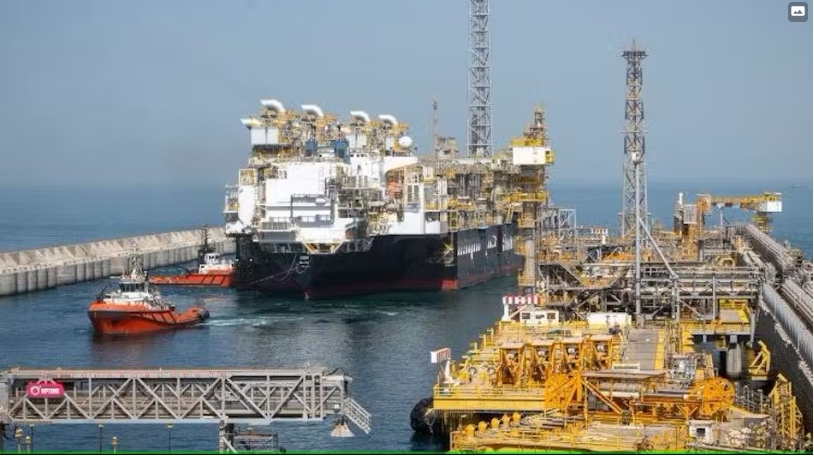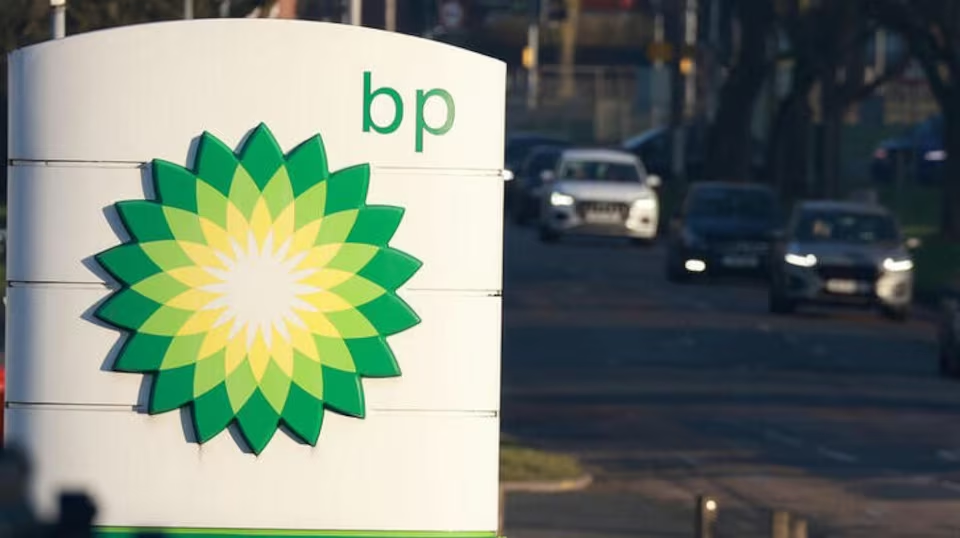
According to new research released this week by the International Renewable Energy Agency (IRENA), hydropower, which is already the world’s greatest source of renewable electricity, must double in capacity if the world is to reach the Paris Agreement’s climate goals by 2050.
According to the analysis, installed hydropower capacity needs to reach around 3,000 GW, including 420 GW of pumped storage hydropower (PSH), to limit the global temperature rise to 1.5 degrees Celsius. There will be a need for capacity expansions and/or refurbishments totalling 1,545 GW, according to the report, given the current installed capacity of 1,360 GW, the current pipeline of 652 GW, and the projected retirements of 630 GW of plants by 2050.
For more than a century, hydropower has been a successful form of clean energy generation, according to the statement made by IRENA Director-General Francesco La Camera on Feb. 13. Yet, given the fast-changing energy landscape, it is critical to rethink its future role and capitalise on recent technical breakthroughs that can maximise its potential while assuring its sustainability as well as climate resilience.
Hydropower is valuable because of its potential to supply variable energy generation as well as additional services such as ancillary grid services and water management, as well as other socioeconomic advantages. Yet, according to IRENA, existing markets may not always appreciate this worth. According to the paper, regulatory frameworks and markets should take into account all hydroelectric services to prevent misalignment between compensation and infrastructure demands.
It is well to be noted, IRENA claims that yearly investments in hydropower must accelerate fivefold. It states that around $100 billion in investment is going to be needed in the next 30 years. Getting that kind of funding is going to be difficult since most of the hydropower lies in the developing nations where the risks always happen to be higher. The report says that financing institutions must work together with authorities to better understand risks and limitations, find a common platform, and start getting the much-needed investment specifically in these regions and countries.







